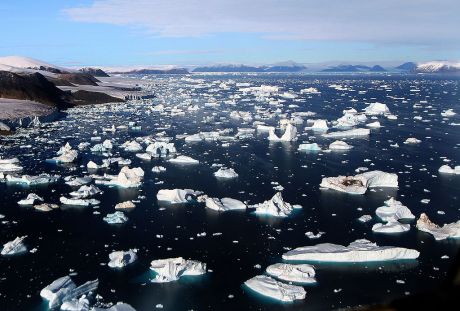The aim of the PICKS (Past interglacial climates at key sites: Sea surface temperature and salinity reconstructions from the northern North Atlantic during MIS 5e and MIS 11) project was to reconstruct past sea surface salinities and temperatures in the northern Atlantic during two interglacial periods.
The two periods investigated were proposed by the United Nations' (UN) Intergovernmental Panel on Climate Change (IPCC) as potential future climate change analogues. These were marine isotope stages (MIS) 5e and 11, which began around 125 000 and 420 000 years ago, respectively.
Selected core locations were identified under important components of the North Atlantic Meridional Overturning Circulation (AMOC). AMOC is the main ‘engine’ of global ocean circulation and an important contributor to warmth in Europe and the Arctic. One core was located under the North Atlantic Current, one under the Norwegian Current and one in the Norwegian Sea gyre. These core positions allowed scientists to reconstruct the input of warm water into the region.
Researchers reconstructed sea surface salinities and temperatures using the hydrogen isotopic composition of alkenones and the membrane composition of the marine microorganism Thaumarchaea, respectively. Results for MIS 11 showed that an enhanced input of warm water into the region may have intensified the subpolar gyre. In addition, temperature reconstructions showed that melt water released from melting ice sheets caused transient cold events.
Results from the Nordic Seas showed comparatively low temperatures across MIS 11, with a temperature optimum during the late phase of the interglacial precisely matching with the highest salinity values. The temperature record for the Nordic Seas obtained for MIS 5e was in accordance with temperature estimates derived from plankton data. Salinity reconstructions revealed a freshening of the Nordic Seas towards the end of the interglacial.
PICKS showed that the stability of interglacial events can be interrupted by abrupt cold events, such as the melting of ice sheets. These results can be used in computer simulations for predicting future climates. Following publication, the data will be available in the
PANGAEA data library for future use in palaeoclimatic studies and climate model experiments.

